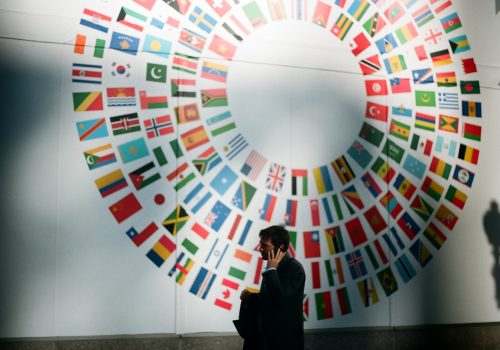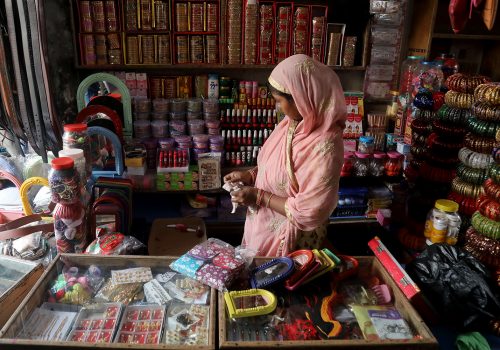G20 Balance Sheet
To support the economic recovery from COVID-19, the G20 central banks have put in place unprecedented monetary stimulus to ensure the functioning of their economies and global financial markets. Developed markets’ central banks, such as the Federal Reserve, significantly expanded the use of the quantitative easing (QE) tool, which they had first used during the global financial crisis, to purchase mostly government securities. Please visit our Global QE tracker for an explanation of how quantitative easing works. In response to the economic shock triggered by COVID-19, however, emerging markets’ central banks, including India and Indonesia, for the first time resorted to QE to support their economies. Asset purchases by the Federal Reserve, European Central Bank, and the Bank of Japan, are driving most of the more than $10 trillion increase in the “G20 balance sheet”. It speaks to the global economic impact of the pandemic that it created the necessary conditions for EM central banks to implement QE programs by lowering private consumption and increasing domestic saving everywhere. With the Federal Reserve poised to start reducing its asset purchases and the potential of higher inflation looming, it is unclear whether EM central banks will be able to rely on the QE tool in the future.
Contributing authors: Ole Moehr, Niels Graham and Stefan de Villiers.
Related reading

At the intersection of economics, finance, and foreign policy, the GeoEconomics Center is a translation hub with the goal of helping shape a better global economic future.


